Shenwick Recruitment Limited specialises in recruitment solutions across the sectors of Demand Planning and Supply Chain

Shenwick Recruitment Limited specialises in recruitment solutions across the sectors of Demand Planning and Supply Chain

Forecasts - Aspirational or Actual?
|
With Demand Planning and S&OP becoming ever more prevalent in businesses today, the end to end S&OP process is obviously vital but what data is the whole process built on ? The data that is feeding production planning or supplier planning is forecast data. Our first question should be, where does the forecast come from? Sources could be; 1. Demand Planners (using forecasting methodology against historical actual demand) 2. Production Planners/Supply Planners (using 'planning intelligence') 3. Sales and Marketing (using knowledge of planned future activity and what is going on in the marketplace) Really, the answer should be all of the above as all are required to have input otherwise the S&OP mechanism is missing a vital cog. However, if the answer is weighted more towards number 3, is the forecast data built on standard sales targets, 'stretch targets' which are very much aspirational or is the sales forecast an actual reflection of the current demand? What I have experienced a lot of is that when businesses review the actuals vs forecasts at 3+9, 6+6 or 9+3 intervals, this is when alarm bells start ringing due to volumes being lower than originally forecast. This could be due to; - Original forecasts for the following financial year were based on sales targets or even stretch sales targets - Current market trends are missed or simply ignored when setting targets - Promotional forecasts based on inaccurate customer information (again based on aspirational targets), and previous actual promotional trends not built into future forecasts - Previous promotional activity not flagged in the systems, so still being included in the base forecast leading to over production or over ordering, therefore putting additional cost into the supply chain - Planners fears of going out of stock, leading to higher forecasts being input to drive higher production and replenishment The question is then, will the key stakeholders revise this forecast or will they 'sit tight' due to fear of being kicked for not achieving their well publicised targets? Solutions The solution comes back to collaboration but collaboration with the right balance in terms of input to the forecast.
Balance is therefore key, as no Sales/Marketing input to a forecast is bad but equally bad is too much Sales/Marketing influence as inflated target based forecasts can only lead to higher Supply Chain costs throughout businesses and future recriminations !
Article by Jonathan Salt: Thursday 23rd July 2015 |
